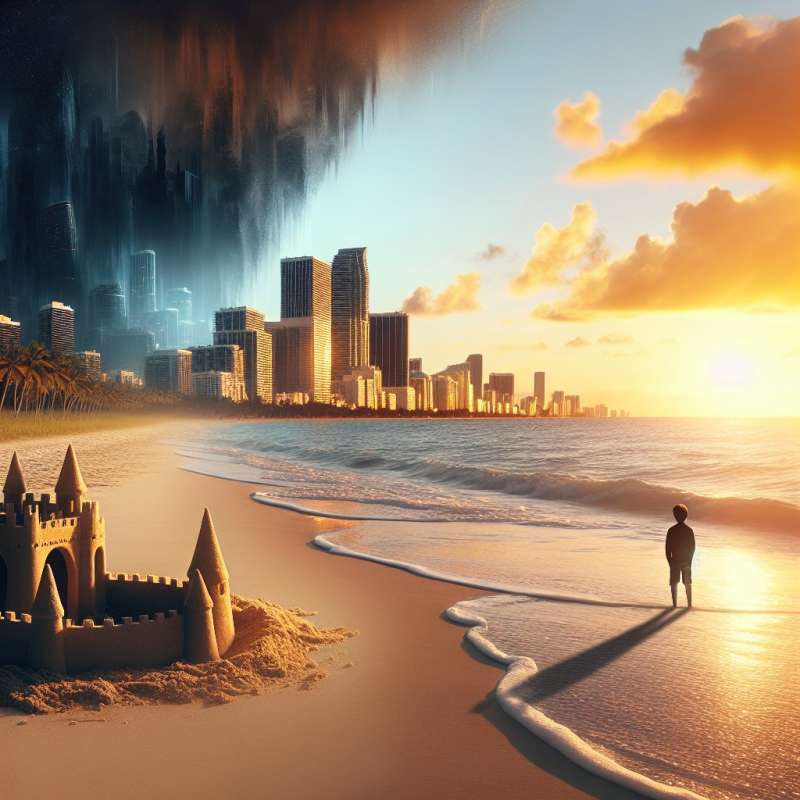
Introduction to Rising Seas
Rising sea levels, primarily caused by climate change, threaten low-lying areas globally. The phenomenon results from thermal expansion of water and melting ice, which could irreversibly reshape coastlines.
Historical Sea Level Changes
Over the past century, sea levels have risen by 4 to 8 inches. However, the rate has recently accelerated, with the last decade witnessing a rise that outpaced the previous 3,000 years.
Threat to Coastal Cities
Cities like Miami, Jakarta, and Osaka risk extensive flooding. By 2050, chronic floods are predicted to affect over 800 million people and 570 coastal cities worldwide, disrupting economies and livelihoods.
Sinking Metropolises
Some cities are sinking due to groundwater extraction and urban development. Jakarta, for instance, is one of the fastest-sinking cities, dropping up to 6.7 inches annually.
Economic Impacts
Rising seas could cost $1 trillion annually by 2050 if current trends continue. Infrastructure damage, loss in property value, and increased insurance premiums are some potential economic consequences.
Adaptation Strategies
Adaptation strategies include constructing sea walls, redesigning infrastructure, and relocating populations. The Netherlands' Delta Works is an example of successful large-scale engineering against rising seas.
Mitigation Efforts
Mitigation efforts focus on reducing greenhouse gas emissions, protecting and restoring mangroves, and improving coastal management. International agreements like the Paris Accord aim to curb climate change effects.Sinking Caribou
Did you know? Rising seas have caused some Alaskan caribou herds to shift their migration routes, impacting local ecosystems and human communities.
What primarily causes rising sea levels?
Urban development solely
Climate change effects
Natural sea variation
Company